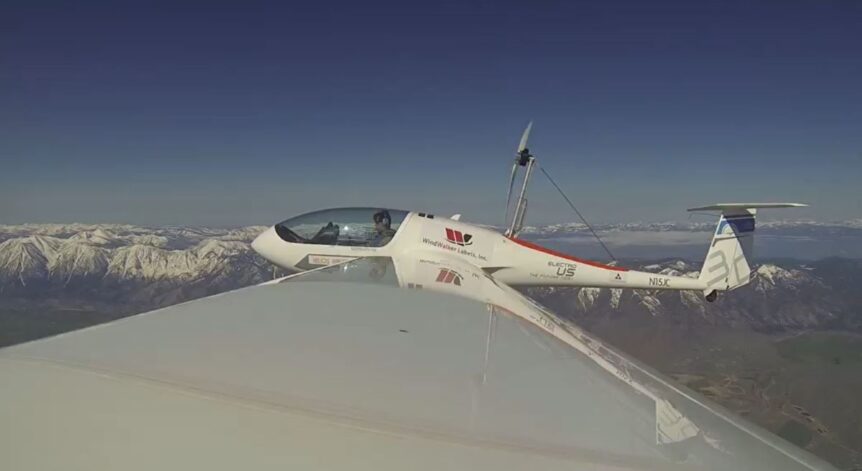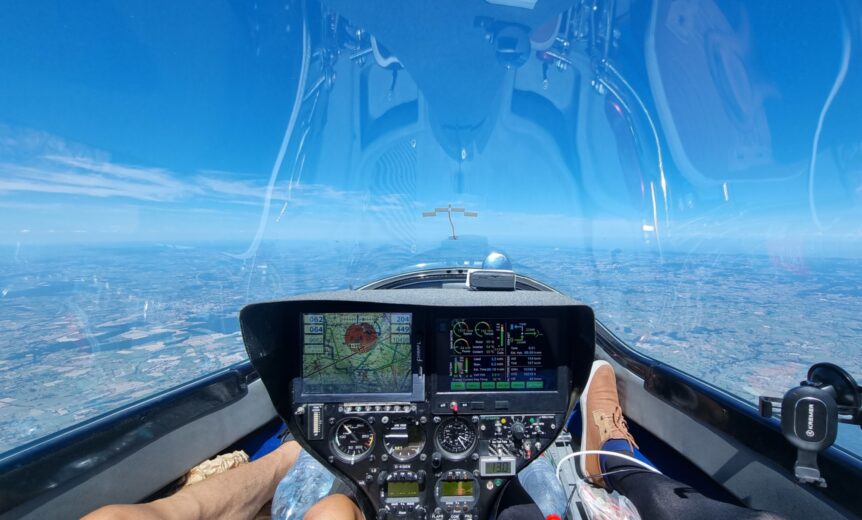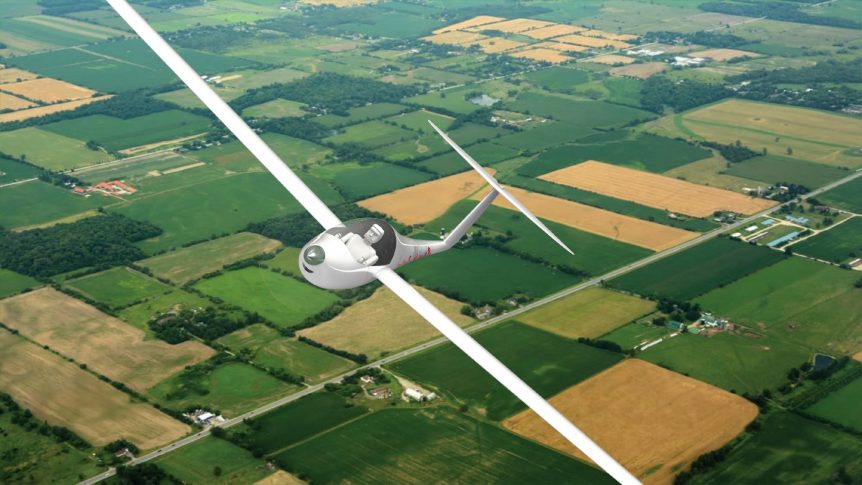The Perlan Project has special words for one of their pilots. “It’s a big day for electric aviation and soaring. This morning after months of preparation, Perlan Pilot Miguel Iturmendi made 2 world altitude record claims for electric aviation under 500kg — max. Altitude and highest altitude in level flight, 16,000 feet in a motor glider! The new claim is 60% higher than the previous record. Congratulations Miguel!” Miguel has been higher, including a trip to 65,000 feet in 2019. As pilots for the Perlan Project, Miguel and Chief Pilot Jim Payne hit a record height that day, although not the ultimate height for Perlan. It’s not Miguel’s first, and probably won’t be his last record. He’s already gone to 20,000 feet in the modified Pipistrel Taurus he’s using for atmospheric research, but the altitude was not observed and verified by a certified observer for the National Aeronautical Association. The actual record was observed and certified by the NAA’s Kris …
Klaus Ohlmann, Jonas Lay and eGenius go 2003 kilometers
Klaus Ohlmann and Jonas Lay in the one-and-only eGenius just completed a 2,003 kilometer (1,244 mile) trip from Germany to the Atlantic Ocean on the southern tip of France and return. The numbers are spectacular. The flight averaged 190.36 kilometers per hour (118.28 mph) and its hybrid power system consumed a mere 81 liters of fuel. That works out to 24.72 kilometers per liter or 58.15 mpg. Even a Prius at that speed would guzzle gasoline. Hybridizing eGenius eGenius was to have originally been HydroGenius, flying on gaseous hydrogen. Starting design in 2006 and as presented at the 2009 Electric Aircraft Symposium, HydroGenius was designed by Rudolf Voit-Nitschman, Len Schumann, and Steffen Geinitz of the IFB, Institute of Aircraft Design at the University of Stuttgart. Because Mercedes-Benz did not have their fuel cell available, the designers turned to pure battery power and the airplane became eGenius. The craft won second place in the NASA Green Flight Challenge sponsored by Google …
Michael Friend’s Spark Solo
“The Quest for a Truly Practical Electric Touring Motor-Glider” Mike Friend is not your typical retired aircraft executive. As Technical Director for Boeing, he oversaw “the first manned fixed wing aircraft powered by a hydrogen fuel cell/lithium ion battery powerplant that first flew back in 2008.” He’s been associated with green energy projects since then, including work on the Boeing-supported Zunum project, a set of 10- to 50-passenger electric hybrid airliners. On the personal front, he hopes to design and build the Spark Solo, a single-seat electric motorglider that will enable cross-country flights from his home base of Bremerton (Washington) Regional Airport. Working with Gabriel DeVault Motorgliders make a good combination with battery power. Their clean lines enable using low power at cruise, and as this video from Gabriel DeVault shows, even a respectable takeoff and climb with power limited to 25 kilowatts (33.5 horsepower) in this instance. Normally, DeVault’s Sonex would make full use of its Zero Motorcycle motor’s …
Eurosport Crossover Sports Many Tricks
We’re used to seeing motorgliders which pop an engine or motor up on a tall stalk behind the cockpit, then retract it into the slim tailboom for minimum drag. Why not do the same with two electric motors on each side of the airplane, tucking them in a slender fuselage for soaring? Emails with Eurosport’s Tom Leite and perusal of the Portuguese firm’s web site and on-line brochure verified that almost everything on the Crossover motorglider is electric and retractable. Tom notes, for instance, “Our motor/props fold into the fuselage: [they are] 3-phase PMSM motors up to 40Kw at takeoff each.” In the video, see the long, spar web-like structure with lightening holes that separates the two motors as they slide into and out of the fuselage. “Our wing span is set from 9.6 to 15 meters and is electrically operated.” Tom refers to the special version that will have extendable and retractable wings, with tip segments sliding out from …



